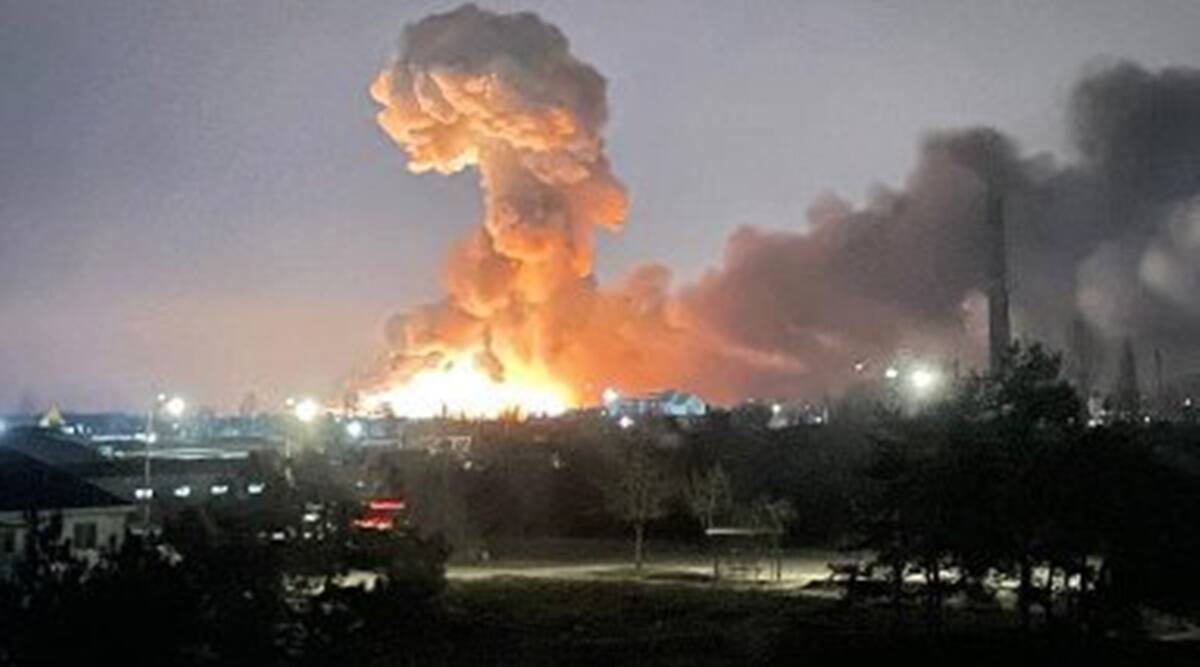(ANI): China’s ’17+1 initiative’ was severely impacted following the ongoing war in Ukraine, as most of the Central and Eastern European (CEE) countries have started to become wary of foreign powers, including China. The ’17+1 initiative’ was formed in 2012 by the Chinese Ministry of Foreign Affairs to promote the business and investment relations between China and Central and Eastern European (CEE) Countries.
Realising the unease in the attitude of the CEE government, China sent their two delegations to 10 countries with the task to eliminate the misunderstanding regarding the Russia-Ukraine conflict and hold discussions to reignite their interest in the Belt-Road Initiatives, Valerio Fabbri writes in Think-Tank Russian International Affairs Council. However, several CEE countries did not give much importance to these delegations and instead asked the lower officials to hold discussions with the Chinese delegates.
The most disappointing response came from Poland, where the Chinese delegation could not even meet officials of the Polish Foreign Ministry. Though China forged the ’17+1 initiative’ to enhance its penetration into the European region, its failure to convert investment promises into actual investment has dented the progress of the grouping. This year marks the tenth founding anniversary of the ’17+1 initiative’, but most of the CEE countries have not shown enthusiasm for celebrating the landmark year.
Furthermore, Beijing could not even find a single CEE country willing to host the annual summit. According to the author, Chinese investment in the CEE countries is limited to only a few countries like Hungary, the Czech Republic and Poland. And in 2020, its investment in CEE countries stood at 3 per cent of total Chinese investment in Europe. Chinese companies have also not shown much enthusiasm in making investments in these countries because they are less profitable. Some flagship projects like Romania’s Cernavoda Nuclear Power Plant or Budapest (Hungary)-Belgrade (Serbia) railway project, which could have improved China’s image in the CEE region, were either abandoned or face delays.
The relationship between China and CEE countries deteriorated further when Beijing started to target them for forging relations with Taiwan. China even warned the Czech Senate President, Milos Vystrcil, for his official visit to Taiwan in 2020 and said that he has to “pay a heavy price” if he goes to Taipei. Lithuania was also targeted by economic sanctions for its decision to open the ‘Taiwanese Representative Office’ – instead of using the common title ‘Taipei Economic and Cultural Office’ – in Vilnius in 2021. According to Fabbri, the lowest point in the ’17+1 initiative’ came when Lithuania left the Group in May 2021 after its Parliament passed a resolution condemning China’s treatment of its Muslim Uighur minority, describing it as a ‘crime against humanity and ‘genocide.’ With the ongoing Russia-Ukraine conflict, the dynamics of the whole European region have changed.
By providing support to Ukraine against Russia, the US has consolidated its position in the region and CEE countries are also situated in the vicinity of Kyiv which made Washington a key security guarantor. And the US has been highlighting China as a strategic and economic threat that is likely to break European unity.

